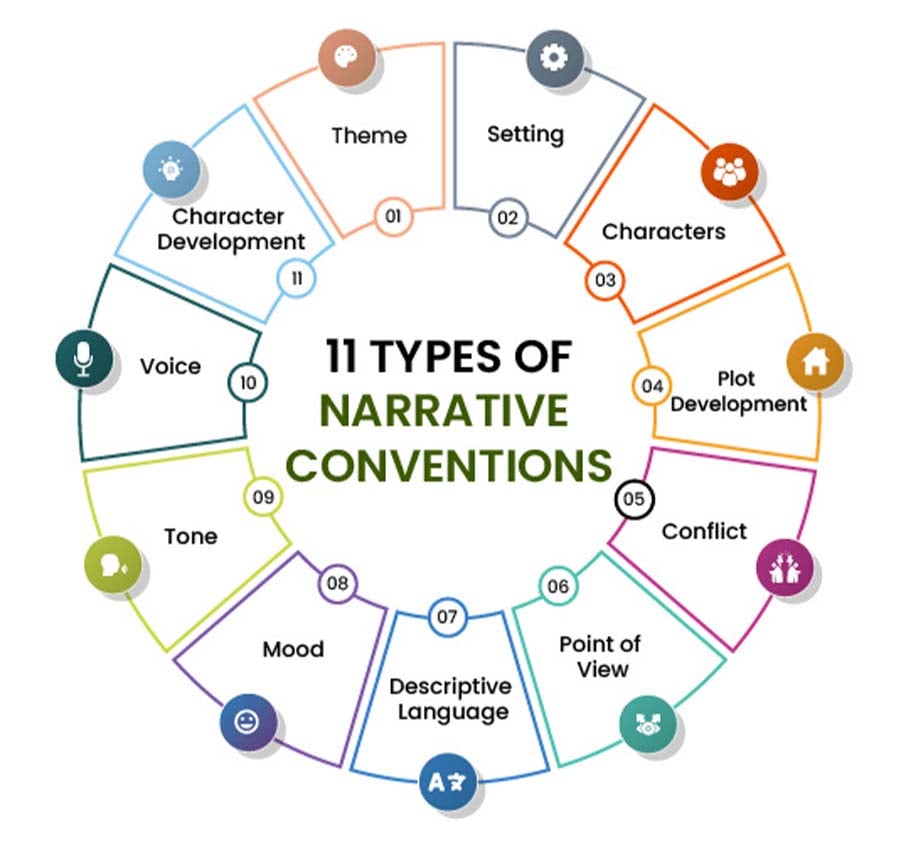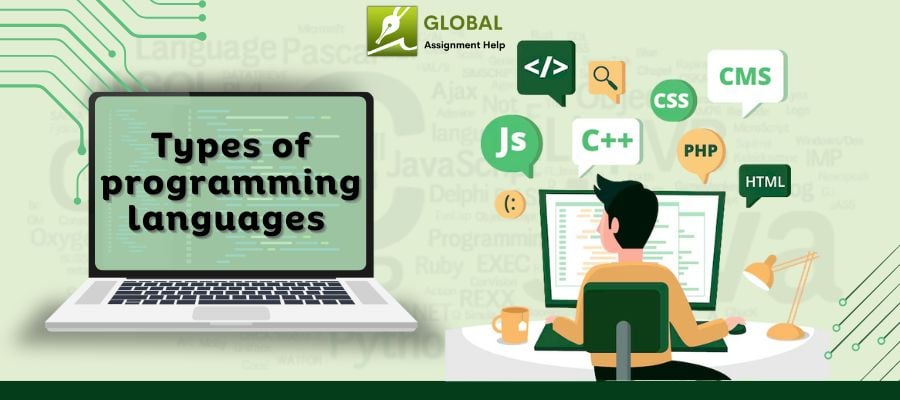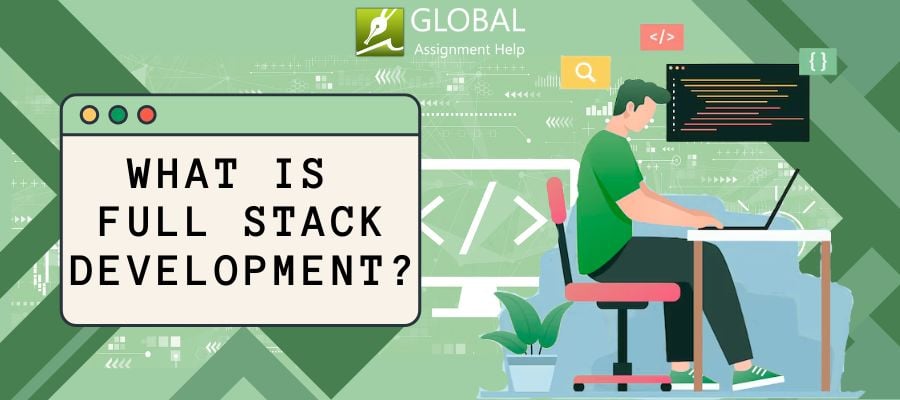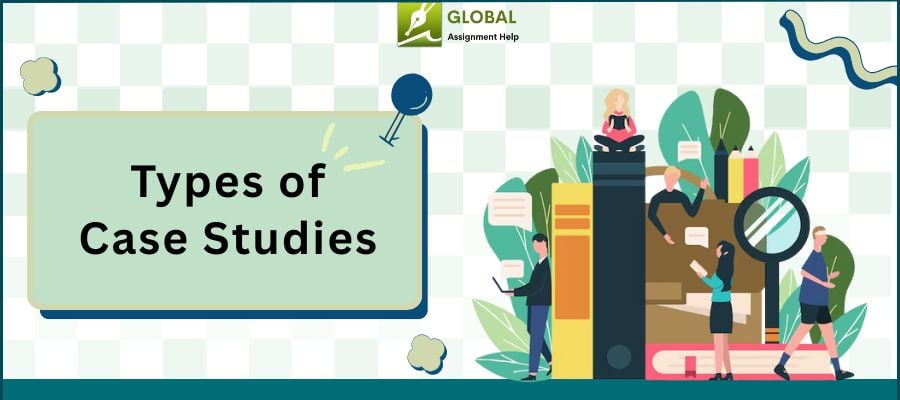Guide On Narrative Conventions | Its Types and Examples

Do you struggle with narrating a story or topic, or while drafting an essay? Well, it is because you lack understanding of the narrative conventions. These elements are the key to writing a remarkable project. They not only help with completing an essay but also assist in analyzing documents. So, let us understand all about narrative conventions through this blog!
What Are Narrative Conventions?
Narrative conventions are mostly used in English literature. They help a writer explain their story appropriately with a continuity flow. These conventions, which are commonly known as techniques, also assist in generating interest and persuading the readers. They are used in stories to build drama, thrills, suspense, and climaxes in the best possible way.
If you include all the conventions of a narrative writing in your essay, you will successfully deliver an excellent document. It is because all these techniques, when combined, create the perfect picture for the readers. So, the next time you wonder, what is narrative conventions? The simple answer is the procedures and techniques used to narrate a story while maintaining the connectivity between events.
Now that we have understood the basic concepts, it’s about time we learn the various narrative techniques list. So, let us jump to the next section and unravel the details.
You can extremely read - narrative essay topics
Understanding the Types of Narrative Conventions
There are different types of narrative conventions, and each fulfils a specific purpose. For better understanding, these have been classified into primary and secondary categories. So, let us learn about each of these in the section below.

Primary Narrative Conventions
There are two types of elements in every essay and story. The ones that directly relate to the topic and can impact the entire story are classified as the primary narrative conventions. When a writer wants to directly affect the literary content, the best alternative for them is to use these techniques. Let us understand these elements one by one.
Theme
A theme is the main idea of the paper, which can also be termed the topic of the essay. It should be hinted at in your title and described in the introduction. Why? Doing this will give the readers a clear idea of what the paper is all about. Moreover, if your essay has two different themes, classify them as major and minor and cover the latter in a single section of the body.
Setting
The setting is where you provide the backbone for the imagination of the readers. It describes the background of a topic. These novel conventions are classified into two categories. The first one is the destination setting, which describes the place or world where the story takes place. The second is the period setting, which describes when and what time it happened.
Characters
Every narrative essay and story includes characters. Without participants, the paper seems incomplete, and even the readers lose interest. Every story has a protagonist who is the main character, and around them, the entire content revolves. It also includes an antagonist, which is the negative character, or, in other words, the villain of the story.
Plot Development
The plot is the progress of the story, and it describes how the events take place and move around the chapters. These story conventions have five parts. The exposition is where you introduce things. The complication involves twists and turns. In the climax, suspense is described. The falling tension describes sadness and tension. The denouncement includes a satisfactory ending.
Conflict
The conflict is where the writer describes the problems or challenges faced by the protagonist in attaining the objective. There are several types of conflict, namely, man vs. man, man vs. society, man vs. nature, and man vs. himself. A writer should always choose the type of conflict that best suits the theme and makes their readers curious about the after events.
Point of View
Point of view conventions of narrative writing are how you describe the story. The writer can always switch communication perspectives to explain certain events. The three points of view of any story or essay can be first person, second person, or third person. Make sure you do not confuse the readers by constantly switching from one perspective to another.
Descriptive Language
The key to maintaining creativity in a story is using the descriptive language convention. It helps in building effective engagement and also maintains interest as the content flows. The first sub-technique of this convention is imagery, which suggests creating an image in the reader's mind using words and metaphors. The second is sensory imagery, which describes sight, smell, taste, hearing, and touch attributes. The last one is figurative language, which includes hyperbole.
Using the above primary conventions, you can influence and change the events of your story while maintaining connectivity. But this is not it, as the paper is incomplete without the secondary conventions. So, our essay help experts will explain them too in the next section!
Secondary Narrative Conventions
The elements that indirectly help in making an impact on the audience are secondary narrative conventions. These techniques do not influence literary content; instead, they affect emotions. They are classified into four categories, so let us understand each of them.
Mood
The feeling that you get while reading the story by understanding its ambience and atmosphere is the mood convention. This element leaves a long-lasting impact on the readers. Some common types of this narrative are calmness, anxiety, anger, sadness, and joy.
Tone
The tone is the author’s way of expressing their attitude toward a particular topic. It can be either positive, negative, or neutral; it depends on the writer's feelings and the theme. Some of the narrative conventions examples of tone in the narrative conventions are sarcastic, frightened, excited, bossy, and depressed.
Voice
This element is related to the author’s tone and mood. But it is highly helpful in generating an impact on the reader’s mind and imagination. The voice is the form of telling a story, and by using this, the writer can create the desired effects on the audience.
Character Development
It refers to the personality, motivations, and desires your characters have. Not only this, character development also refers to the changes a character goes through in the story. For instance, sometimes a person is portrayed as a villain and later explained as a sad, misunderstood person.
The secondary narrative conventions help in creating a long-lasting impact. Overall, both of these techniques assist the readers in understanding the theme and story. So, the next time you write a narrative, make sure to use all these elements. But if you are still confused, then refer to the examples given below or contact our essay writing service. The experts here will resolve all doubts with the utmost clarity.
Examples of Narrative Conventions
Until now, we have understood the primary and secondary types of techniques. Let us get better clarity on the same by reading the narrative conventions examples.
-
Theme
In the book Romeo and Juliet, the theme is love. To be more clear, it is tragic love. Whereas in The Lord of the Rings, the theme is describing a heroic journey.
-
Setting
In the books Alice in Wonderland and The Chronicles of Narnia, the setting is the imaginary worlds described by both authors where events take place.
-
Characters
In the series Harry Potter, the characters are Harry, the protagonist himself, and Voldemort, the antagonist. Hermione, Ron, Albus, and Hagrid are the supporting characters.
-
Plot Development
In Harry Potter, the plot is where a young child finds he has superior magical abilities, and he learns new skills to face the antagonist in the end.
-
Conflict
In the book “Kill a Mockingbird,” you will notice how the character Atticus Finch has a conflict with society and fights to eradicate racism.
-
Point of View
The line “I saw her and was mesmerized by her beauty” is in the first-person perspective, while the statement “Julius saw her and was mesmerized by her beauty” is in the third-person point of view.
-
Descriptive Language
The sentence “he smelled like coffee” is the perfect sensory imagery example.
-
Mood
In the book Romeo and Juliet, the tragic ending spreads sadness in the reader's mind. This is the mood.
-
Tone
Instead of saying, “Work is easily achievable,” the writer says, “You don’t need Einstein to accomplish this." This is an example of a sarcastic tone.
-
Voice
Instead of saying the “jar is filled with juice,” the writer says the “juice fills the jar” to leave a better impact.
-
Character Development
In Harry Potter, Professor Snape is considered a villain, but in the end, it turns out he plays a supporting role.
We hope that now you have the concepts of narrative convention crystal clear. These techniques are essential to completing any story or essay. Don’t believe us? Check out the next section.
Students also Read: Hasty Generalization Fallacy | Definition & Examples
How Are Narrative Conventions Useful for Students?
We have been discussing the narrative conventions in this blog for a while. Are you still wondering why these techniques are so important? Well then! Let us look at the top reasons why narrative conventions are essential for students:
- This list of narrative techniques helps in engaging the readers.
- Narrative conventions are beneficial in organizing and structuring content.
- They provide a framework for the reader's imagination and plot development.
- These techniques allow for building connectivity and enhance the storyteller’s creativity.
- It is easy to communicate the message to the audience using these conventions.
- The narrative essay topics can be easily explained and perceived.
Narrative conventions are essential, especially if you are a literature student. So, understand all these techniques in detail. But if you face any issues, you can always reach out to our experts. Our team will help you with any query. Want to know more about our professional assistance? Read below!
How Can Global Assignment Help Assist with Narrative Conventions?
Global Assignment Help is an academic platform that assists students in every academic task. Yes, we have a team of researchers, writers, and proofreaders who can provide essay, coursework, and assignment help to you. Not only this, we can help you with any academic task of your choice. So, if you face any issues understanding the narrative conventions, reach out to our experts. The team will explain each technique with easy examples. The best part is that we can resolve all these queries at any point in the day. Yes, you heard it right. We are available 24*7, and that too at affordable rates. So, the next time you need help understanding or including the narrative conventions in an essay, contact our experts.
Free Tools

Easy to Use Paraphrasing Tool to Simplify Complex Academic Writing
Check Now
Get Structured Outline by Professionals for Your Dissertation
Check Now
Effortlessly manage citations and references with our smart referencing tool
Check NowLatest Blogs

- 28 Oct 2025
- 96 Views

- 27 Oct 2025
- 150 Views

- 16 Oct 2025
- 241 Views

- 08 Oct 2025
- 313 Views
- Plagiarism
- Pricing
- Order Now
- Call Back
- Live Chat

Limited Time Offer
Exclusive Library Membership + Free 300$ Wallet Balance

Get $300 Now
Update your Number
























Thank you for submitting your comment on this blog. It is under approval. We will carefully review your submission and post it on the website.